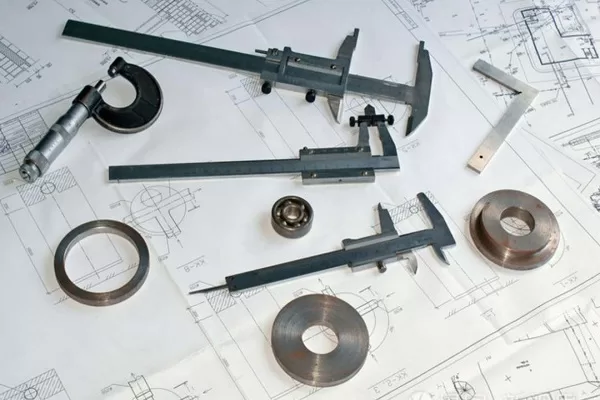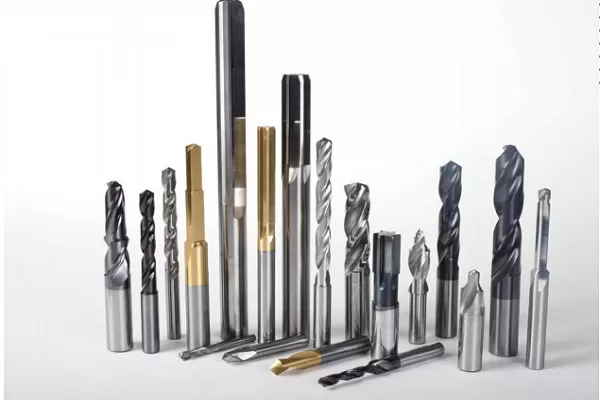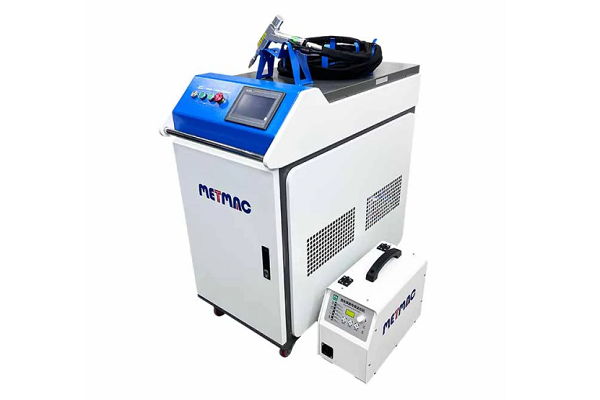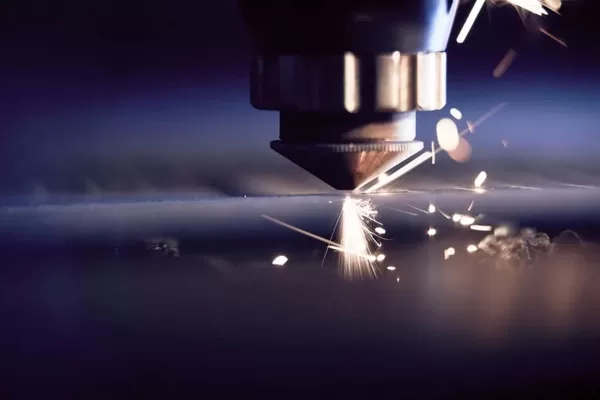
Best Practices for Waste Management in Metal Punching Operations
- By:Metmac
- 2024-06-05
- 86
Best Practices for Waste Management in Metal Punching Operations: A Comprehensive Guide
Introduction:
Metal punching operations generate significant amounts of waste, including scrap metal, coolant fluids, and machine tools. Effective waste management is crucial for minimizing environmental impact, reducing operating costs, and ensuring compliance with industry regulations. This article presents a comprehensive overview of best practices for waste management in metal punching operations, providing insights into strategies, techniques, and technologies for optimizing waste handling and disposal.
Waste Management Strategies
1. Source Reduction:
Implement measures to reduce waste generation at the source. Optimize cutting processes to minimize scrap metal production, explore alternative materials with less waste potential, and use reusable tooling instead of single-use components.
2. Waste Segregation:
Separate different types of waste, such as scrap metal, coolants, and machine tools, into designated containers. Proper segregation facilitates efficient disposal and recycling, reducing waste disposal costs and promoting environmentally responsible practices.
Waste Disposal Methods
1. Scrap Metal Recycling:
Establish partnerships with scrap metal recycling companies to collect and process waste metal. Explore options for onsite recycling systems to reduce transportation costs and enhance sustainability.
2. Coolant Management:
Manage coolant fluids effectively to extend their lifespan and minimize waste generation. Implement coolant filtration systems to remove contaminants and extend fluid life. Consider coolant recycling or off-site treatment options to reduce waste and disposal costs.
Technology Integration
1. Machine Monitoring and Data Analytics:
Install sensors and data analytics platforms to monitor machine performance and identify areas for waste reduction. Analyze data to optimize cutting parameters, reduce machine downtime, and minimize scrap metal production.
2. Laser Cutting
Utilize laser cutting technology to reduce waste generation by eliminating the need for physical punching tools. Laser cutting produces less scrap metal and minimizes the generation of coolant waste, promoting sustainability and reducing waste disposal costs.
Education and Training
1. Employee Education:
Provide regular training to employees on waste management best practices. Educate them on the importance of waste reduction, proper sorting techniques, and the use of recycling programs.
2. Continuous Improvement:
Establish a culture of continuous improvement by encouraging employee involvement in waste reduction initiatives. Implement feedback mechanisms and reward systems to promote innovation and optimize waste management strategies.
Conclusion
By implementing these best practices, metal punching operations can significantly reduce waste generation, minimize operating costs, and enhance environmental performance. A comprehensive approach to waste management, encompassing source reduction, waste segregation, efficient disposal methods, technology integration, employee education, and continuous improvement, is essential for achieving sustainable and cost-effective waste management practices in metal punching operations.
-
The Advantages of Using a Sheet Roll Forming Machine in Manufacturing
2024/09/14 -
How to Optimize Your Laser Sheet Cutting Machine for Maximum Performance
2024/09/12 -
How to Maximize Efficiency with Modern Sheet Metal Working Machines
2024/09/04 -
The Environmental Benefits of Using Duct Board Grooving Machines
2024/09/03
-
Integrating Automation with Rectangular Duct Machines for Enhanced Productivity
2024/05/11 -
Metal Shear Machines- Essential Tools for Precision Metal Cutting
2024/05/11 -
Understanding the Role and Function of Steel Strip Slitting Machines
2024/05/11 -
Maintenance Tips for Longevity of HVAC Duct Machines
2024/05/11
-
A Guide to the Latest Innovations in Sheet Metal Folding Machines
2024/11/29 -
Key Features to Consider When Investing in a Sheet Metal Folding Machine
2024/11/28 -
Enhancing Precision with Advanced Sheet Metal Folding Machines
2024/11/27 -
How to Choose the Right Sheet Metal Folding Machine for Your Workshop
2024/11/26



